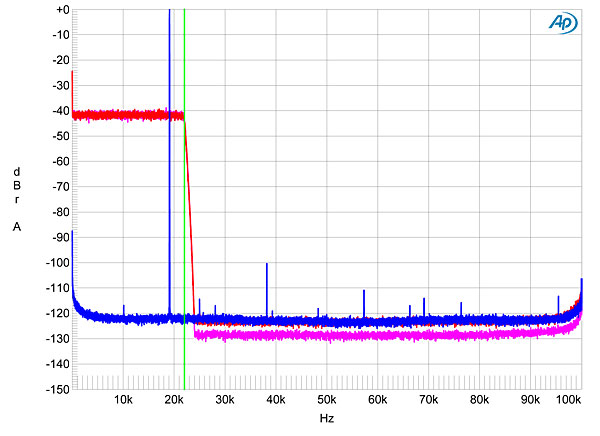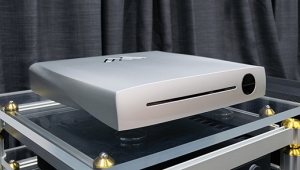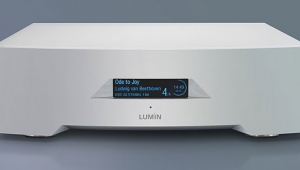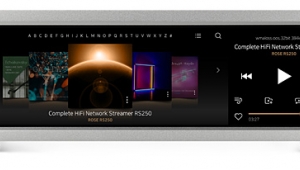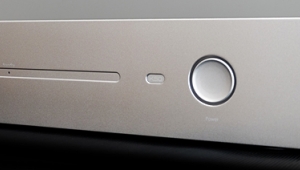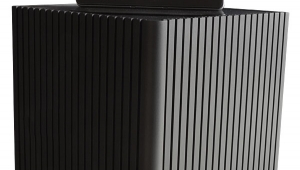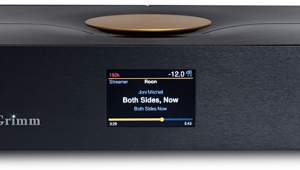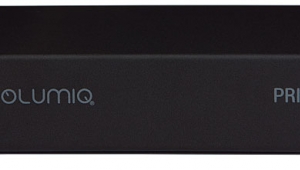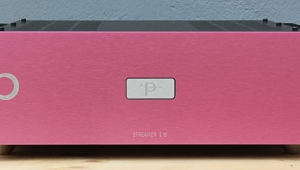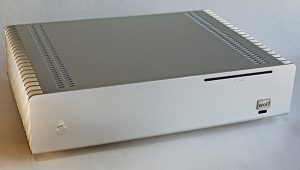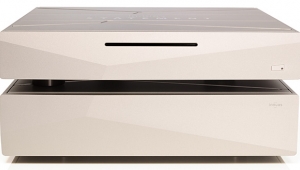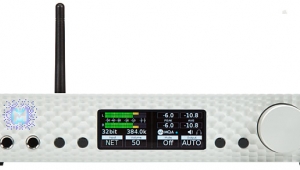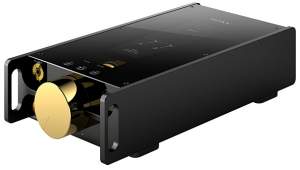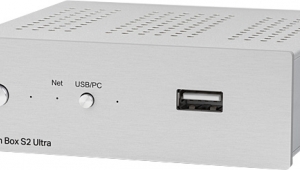| Columns Retired Columns & Blogs |
Unlike these expensive Las Vegas copycats, the iPods seamlessly interface with the iTunes in my Macs. My iPods find most use in a TEAC DS-H01 docking station, which sends digital signal directly from the iPod hard drive to a TEAC 24bit/192 kHz Burr-Brown processor (not to mention that they work flawlessly in the 4 other docking stations in my home and car, including a Wadia).
Strange, how the snotty hi-end press totally ignored this mid-fi TEAC product, while singing the praises of the vastly inferior, supposedly "hi-end" Wadia 170i docking station.
Maybe, as I've been saying all along, digital is just inherently mediocre mid-fi, a compromised signal for which big, hi-end bucks are overkill. Maybe, as I've been saying all along, digital and hi-end are entirely antithetical.

